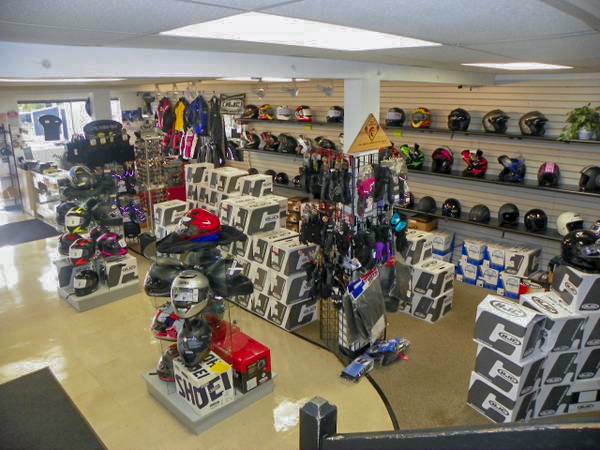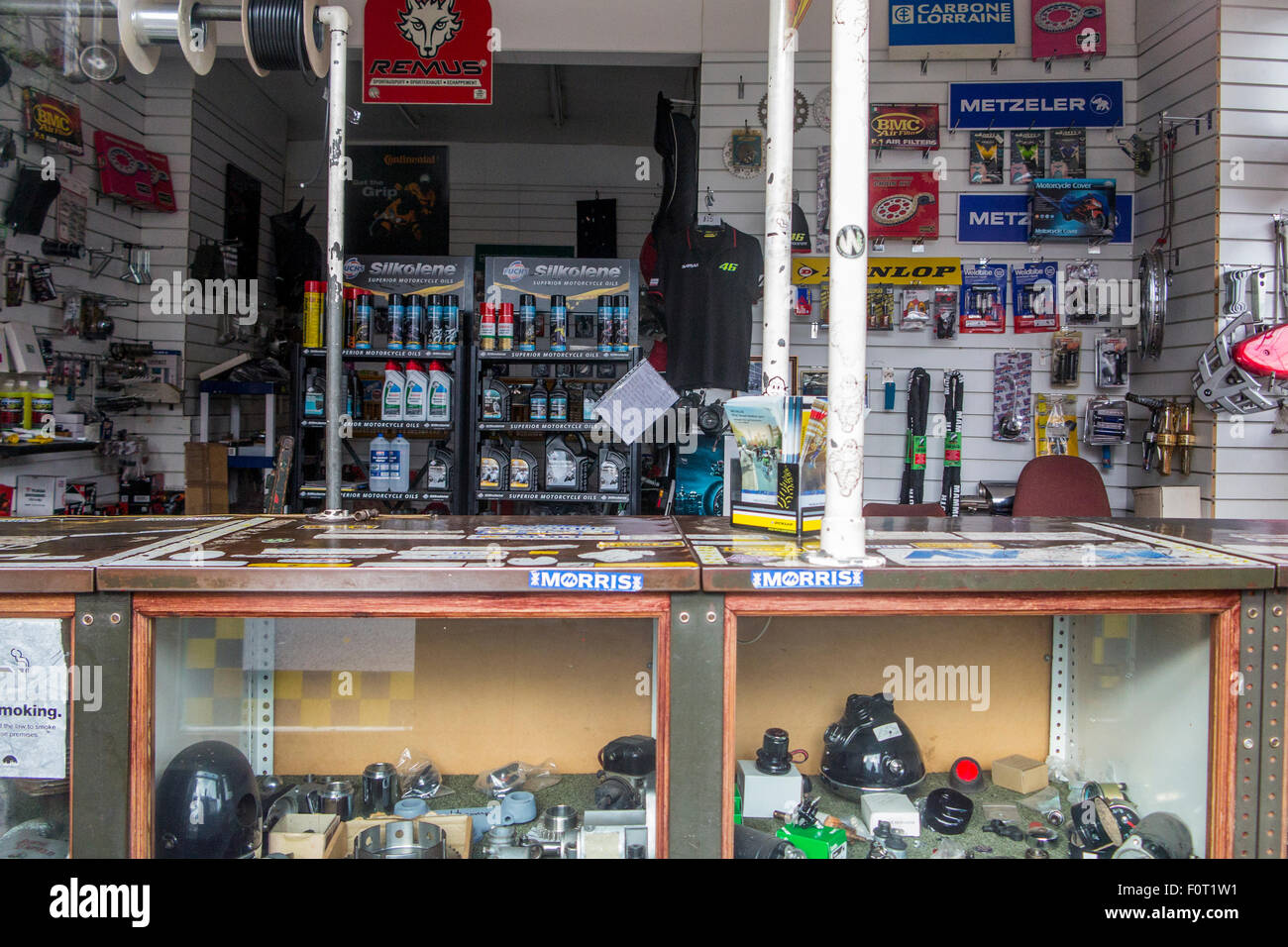Store the most effective MX Parts NZ for Your High-Performance Bike
Store the most effective MX Parts NZ for Your High-Performance Bike
Blog Article
Understanding Bike Gears: Just How to Enhance Your Riding Experience
In the realm of motorcycling, mastering the art of equipment control is critical for boosting your riding performance. Appropriately using and comprehending motorcycle equipments can dramatically affect control, fuel, and velocity performance, transforming an average adventure into a smooth, exciting journey. By including specific shift timing and adjusting equipment option to various road conditions, cyclists can make sure ideal engine efficiency and security. The nuances of clutch control, throttle control, and gear technicians beckon a deeper exploration, assuring to open the complete capacity of your machine. Exactly how can these strategies be utilized to absolutely optimize your riding experience?
Understanding Equipment Mechanics
How do the complexities of gear mechanics influence motorcycle efficiency? At the core of bike characteristics, gear mechanics play an essential role in converting engine power into activity, inevitably dictating speed and control. Gears, meticulously crafted parts, permit cyclists to maximize torque and rate, guaranteeing a seamless change with different surfaces and speeds. The gear ratios, meticulously created, identify the relationship in between engine transformations and wheel turns, impacting velocity and fuel efficiency.
Comprehending equipment auto mechanics starts with recognizing the importance of the transmission, which houses numerous equipments of varying sizes. These gears connect via a process understood as meshing, where teeth of various equipments involve to send power.
Furthermore, the idea of equipment changing is integral to taking full advantage of efficiency. Prompt and smooth changes ensure that the engine operates within its ideal power band, protecting against unnecessary strain and improving long life (moto parts nz). By comprehending these mechanical intricacies, bikers can achieve a harmonious blend of power, control, and efficiency, raising their riding experience
Timing Your Shifts
Shift timing mastery is important for optimizing motorcycle efficiency and boosting the riding experience. Appropriately timed changes guarantee that the engine operates within its optimal power band, which is crucial for keeping control, attaining smooth acceleration, and guaranteeing the long life of the bike. Motorcyclists need to develop an intuitive feeling of when to move gears, which entails comprehending the connection between engine changes per min (RPM) and speed.
To understand change timing, pay close attention to the engine's audio and really feel, as these offer vital ideas regarding when to change equipments. The suitable shift factor normally occurs when the engine approaches the top variety of its power band without reaching the redline. Moving prematurely can cause a lack of power, while moving far too late may create unnecessary engine pressure
Additionally, roadway conditions and riding style impact shift timing. In city settings, smoother and a lot more frequent shifts may be necessary to navigate website traffic efficiently. On the other hand, throughout freeway riding, fewer shifts at greater rates can be better suited. Exercising in varied environments will boost your capability to time changes precisely, ultimately raising your riding experience to a specialist degree.
Enhancing Gas Efficiency
While mastering motorbike gears is crucial for performance, enhancing fuel effectiveness is similarly crucial for both environmental and economic reasons. Ideal fuel usage not only decreases functional expenses however likewise lessens the environmental impact of riding. To accomplish this, click here to read one need to comprehend the complex connection between equipment option and engine efficiency.
To start with, picking the appropriate equipment at proper rates can dramatically affect gas intake. Riding in a greater gear at lower speeds can bring about engine hauling, which is destructive to both gas economic climate and engine health. Conversely, riding in lower gears at high rates causes unnecessary fuel consumption. Hence, preserving an optimum balance by shifting equipments abreast with road problems and expected maneuvers is necessary.
Additionally, normal maintenance plays a crucial function in fuel effectiveness. Making certain that the motorbike is well-tuned, with tidy air filters and correctly inflated tires, can boost aerodynamics and lower gas wastage. Adopting a riding design that embraces gradual velocity and smooth slowdown can contribute to far better fuel economic climate.

Strategies for Smooth Transitions
Achieving smooth equipment changes is fundamental to improving the riding experience and making certain the longevity of a motorbike's transmission system. Correct gear changing not just adds to a seamless adventure yet likewise decreases deterioration on the mechanical parts. To understand the art of smooth transitions, motorcyclists need to concentrate on a couple of vital techniques.

Second of all, clutch control plays an essential role. Involving and disengaging the clutch efficiently requires practice. The clutch lever ought to be released gradually, allowing for a seamless transfer of power from the engine to the wheels without causing a shock or sudden activity.

Adapting to Road Problems
Navigating varied roadway problems is an essential ability for any motorcyclist aiming to keep control and security. Whether you're riding on wet surface areas, gravel roadways, or navigating sharp turns, your capability to adjust your equipment usage and riding strategy is vital. Understanding just how to change your gears suitably can considerably impact grip and stability, making certain a more secure journey.
On damp roads, it is recommended to keep higher equipments to decrease torque and minimize wheel spin. This technique helps keep hold on unsafe surfaces, permitting smoother acceleration and slowdown. In contrast, when riding on gravel or irregular terrain, reduced gears are more effective. Lower gears give much better control and allow you to react more quickly to unanticipated modifications in the roadway surface.
Sharp contours require precise gear administration to stabilize speed and control. Downshifting prior to getting in a curve can assist maintain momentum while ensuring the motorcycle continues to be secure throughout the turn. Consistent method in different problems boosts your capability to forecast and react to modifications website here in roadway structure and slope.
Conclusion
Grasping motorcycle dirt bike helmets equipments dramatically improves the riding experience by enhancing control, fuel, and velocity performance. Adapting gear option to different road problems, such as using greater gears on damp surface areas and lower equipments on gravel, more improves handling and safety.
Understanding equipment mechanics starts with acknowledging the importance of the gearbox, which houses several gears of differing sizes. These equipments communicate via a process recognized as meshing, where teeth of different equipments engage to send power (motocross gear). Mild adjustments to the throttle throughout gear changes can prevent jerky motions and maintain a constant riding pace
Whether you're riding on wet surface areas, gravel roadways, or browsing sharp turns, your ability to adjust your gear usage and riding strategy is vital. Adjusting gear choice to numerous road problems, such as making use of higher gears on damp surfaces and lower equipments on gravel, additional boosts handling and safety.
Report this page